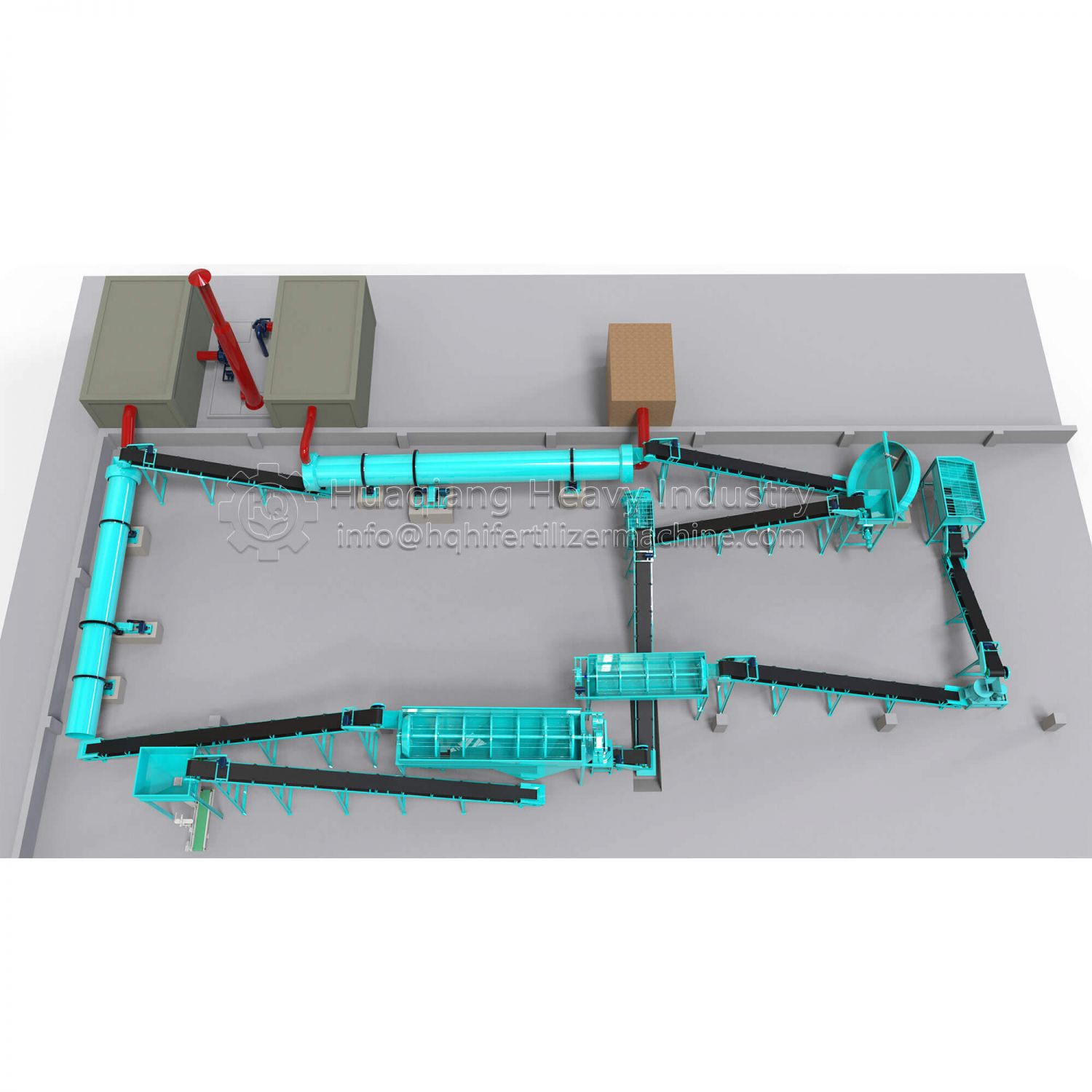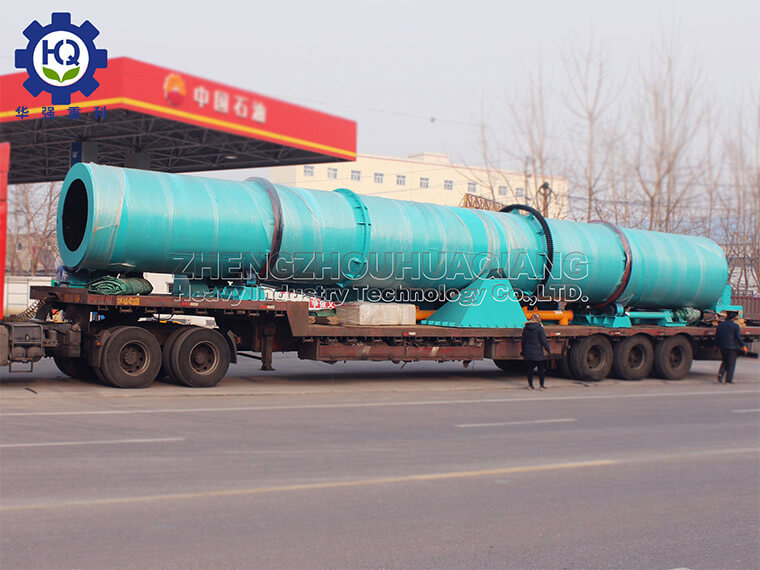Biogas fertilizer is the residue of crop straw, green grass, and livestock manure produced by microbial fermentation in a biogas digester. Rich in organic matter and essential nutrients. Biogas fermentation is slow, organic matter consumption is low, nitrogen, phosphorus, and potassium losses are minimal, nitrogen recovery rate reaches 95%, and potassium is above 90%. Add about 2Kg of functional bacteria to biogas water for flushing and fertilization as top dressing in dry land; The residue fertilizer should be used as the base fertilizer for paddy fields. If it is used as the dry foundation fertilizer, the soil should be restored after application. After the biogas fertilizer is released from the tank, it should be fermented by microorganisms for about 12 days before use. Mixing tools, weighing equipment, conveying equipment, etc. required for production.
Process flow and operational skills of biogas residue organic fertilizer production line
1. If the moisture content of the biogas residue is above 70%, it can be mixed with the auxiliary materials in a 3:1 weight ratio. Add 1% quicklime and stir, then add the expanded volume of bacterial agent to the biogas residue, stir evenly, and pile it up.
2. The moisture content of the stirred fermented product should be controlled at around 60% (gently grip it into a ball, release it to crack three to five cracks, at least ensuring that water does not drip from between fingers when held hard).
3. Stack the stirred fermentation products, with a height of about 1.2m, a width of about 2m, and an unlimited length.
4. Fermentation takes 24-48 hours, and the temperature can exceed 55 ℃. After heating up, the deodorization effect can be achieved within three days.
5. After 15 to 20 days of fermentation, it can be used as a biological organic fertilizer.
.jpg)
.jpg)
.jpg)

.jpg)

.jpg)
.jpg)
